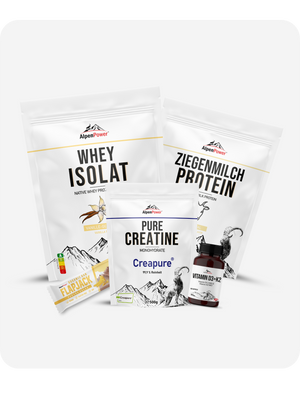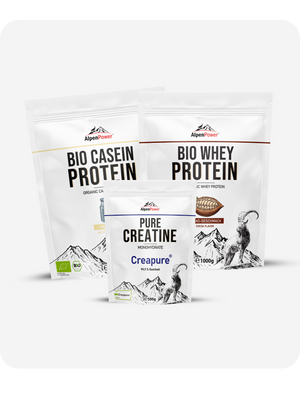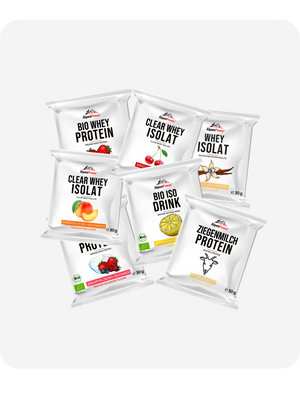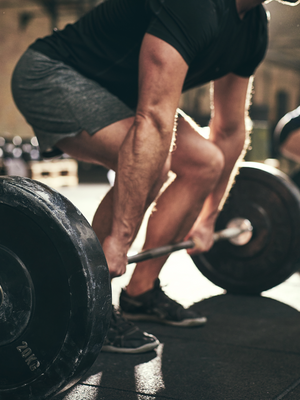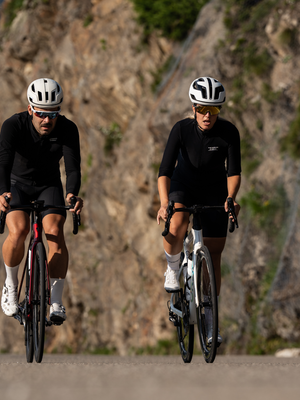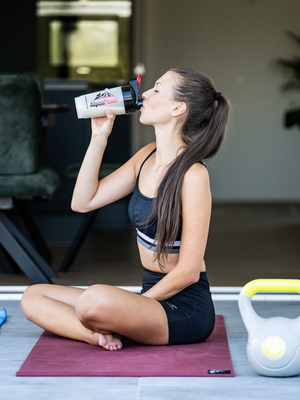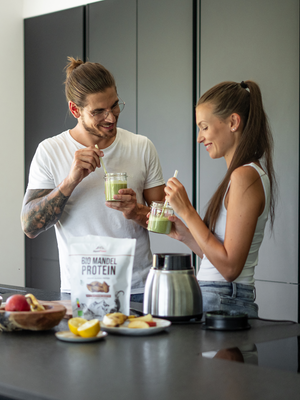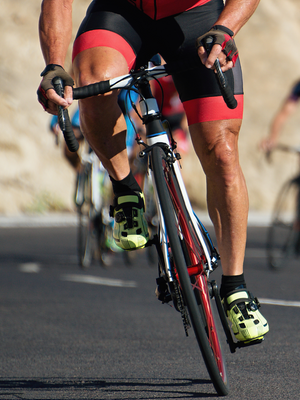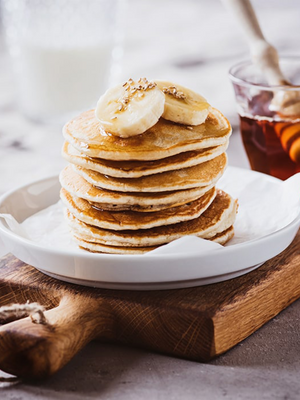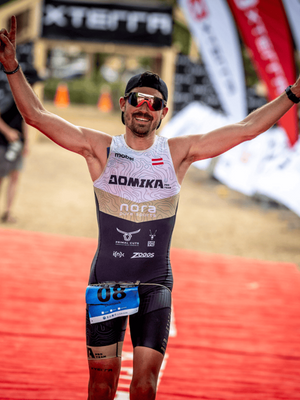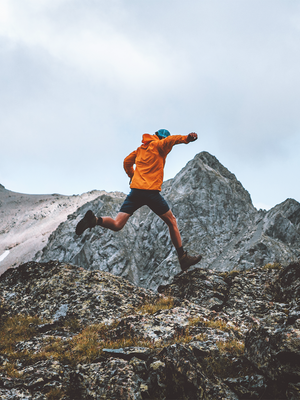Importance for athletes in the fall
When the days get shorter and the temperatures cool down, the body faces particular challenges. For athletes, the change of season means altered thermoregulation, different stress reactions in the muscles and circulation - and an increased risk of infections if training, nutrition and regeneration are not optimally coordinated. Those who understand the physiological adaptation mechanisms can provide targeted support for performance and well-being, even in changeable weather.

Thermoregulation
How the body reacts to cold
The human body keeps its core temperature constant via finely tuned control circuits. If the outside temperature drops, the body reacts with two main mechanisms:
-
Vasoconstriction: Blood vessels in the skin contract to retain heat in the core of the body.
-
Thermogenesis: Additional heat is produced through muscle tremors ("shivering") and the activation of brown adipose tissue.
Wind and moisture increase heat loss: wind accelerates heat dissipation through convection, while wet clothing reduces the insulating effect. As a result, the circulatory and nervous systems have to work harder to keep the core temperature stable.
Circulation & muscles
Effect of cold on training
In the cold, blood flow in the periphery is restricted, which can increase blood pressure in the short term and transport less oxygen to the muscles. Cold muscles also work more slowly: enzyme processes (e.g. ATP conversion) are slower and the contraction force and speed decrease. Studies show that both maximum strength and speed are significantly reduced at low muscle temperatures.
The metabolism also adapts: In the cold, the lactate valuewhile the glucose availability decreases. For sports with explosive or repeated exertion (e.g. sprints), this means lower performance and a higher risk of injury without sufficient warm-up.
Trained vs. untrained athletes
Better adaptation
Long-term endurance and strength training significantly improves thermoregulation. Trained athletes have:
-
more efficient vascular adjustments,
-
faster blood circulation in the working muscles,
-
and a more stable skin and muscle temperature in changing conditions.
However, high training volumes in combination with cold also increase the risk of short-term immunosuppression ("open-window phenomenon") after intensive units. This is why targeted regeneration, nutrition regeneration, nutrition and sleep is particularly important.
Practical recommendations for athletes in the fall
A) Clothing: layering principle & choice of material
The onion principle reliably protects you from cooling down:
-
Base layer: Breathable & moisture-wicking (e.g. merino wool or functional fibers)
-
Insulation layer: Fleece or synthetic insulation
-
Outer layer: wind- & water-repellent (softshell or hardshell)
Compression clothing can also promote blood circulation and store heat - ideal before a competition or during recovery.
Recommended products: Merino baselayer (long sleeve), light windbreaker, compression leggings/top

B) Warm-up: focus on temperature & activation
A structured warm-up (e.g. according to the RAMP model: Raise, Activate, Mobilize, Potentiate) prepares the body optimally.
-
Aim: increase muscle temperature, increase flexibility, prevent injuries
-
In cold conditions: longer warm-up (15-25 min), keep breaks between warm-up and start as short as possible
Practical tip: Short sprints (2-3 × 30-60 s) or activations with mini-bands immediately before the start of training keep the muscles warm.
C) Fluid & nutrition
The body also loses fluids in the cold - through breathing and more frequent urination. The feeling of thirst is often reduced.
-
Drink: regularly small amounts, about 30-35 ml per kg body weight per day
-
Carbohydrates: Keep available before and during intensive exercise (e.g. bars, gels, bananas)
- Micronutrients: Vitamin D, zinc, omega-3 and probiotics support immune function and intestinal health

Recommended products: Electrolyte drinks, high-quality carbohydrate gels, Omega-3, Vitamin D3 & K2, organic pea protein, organic psyllium husks
D) Regeneration & cold application
Ice baths or cold therapy can reduce muscle soreness and promote regeneration after endurance training. After intensive strength or hypertrophy units, however, the application of cold should be delayed so as not to weaken the training stimulus.
Practical tip: Cold water immersion (10-12 °C, 5-10 min) specifically after hard endurance sessions, not immediately after muscle-building training.

Practical example: A fall training day
Before training:
15-25 min warm-up (running ABC, mobilization, 3×30 s sprints), compression clothing, windproof jacket.
During:
Regular fluid intake; 30-60 g of carbohydrates per hour during long sessions.
After training:
Cool-down 5-10 min, within 1 h 20-30 g protein for regeneration, warm clothing, monitor sleep & nutrition.
Conclusion
Changes in temperature and weather require athletes to consciously manage their training, nutrition, clothing and regeneration. Those who focus on heat conservation, targeted activation, a balanced supply of nutrients and sufficient recovery will remain fit - even in wind, rain and cold.
Train smart, stay warm and stay strong through the fall.
Author: Laura Bahmnann
Sources:
Yoneshiro T. et al, Brown fat thermogenesis and cold adaptation in humans, PMC (2025). PMC
Dumont L. et al, Shivering, but not adipose tissue thermogenesis, increases..., Cell Metabolism (2025). Cell
Ferretti G., Cold and muscle performance, PubMed (1992). PubMed
ACSM, Exercising Caution: The Dangers of Cold Temperatures (ACSM Blog). ACSM
Kenney WL, Temperature regulation during exercise in the heat, PMC (2020) - Concepts of thermoregulation (also transferable to principles of regulation during temperature stress). PMC
RAMP / Warm-up literature: Warm-ups - Science for Sport & PubMed review on warm-up strategies. Science for Sport+1
Nutrition & Immune Health: Walsh NP. Nutrition and Athlete Immune Health, PMC (2019); Shao T. et al, Physical Activity and Nutritional Influence on Immune..., PMC (2021). PMC+1
